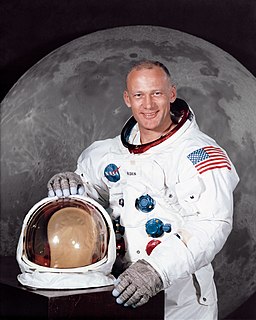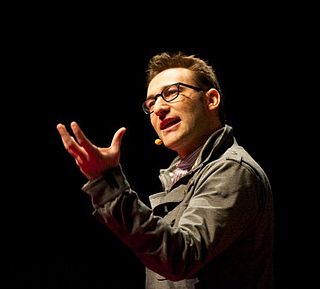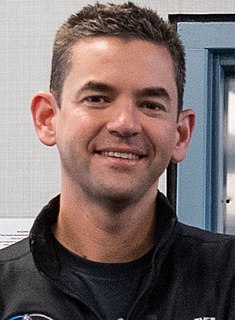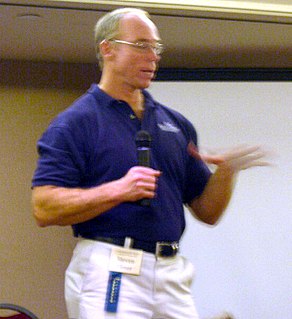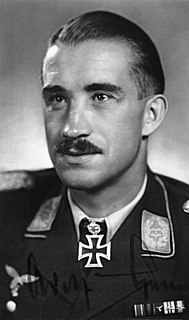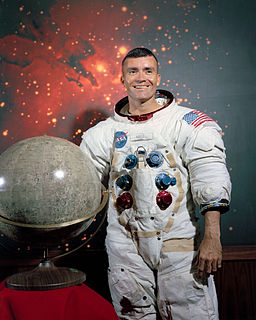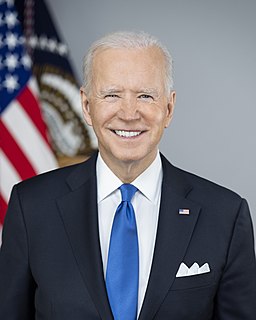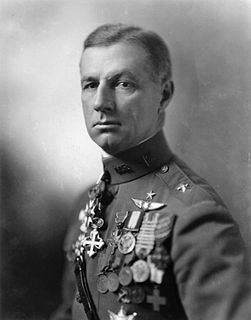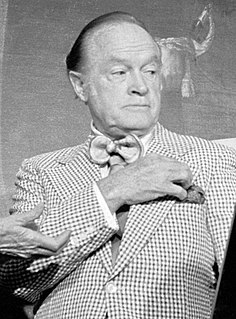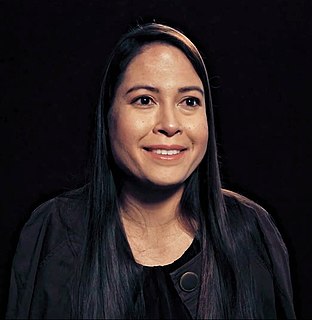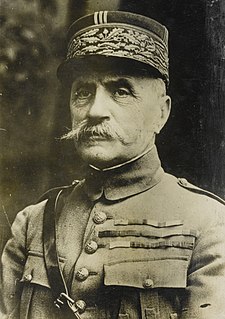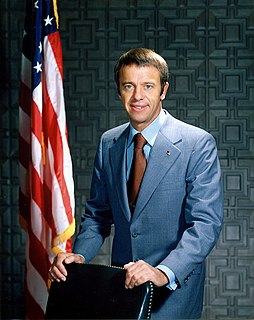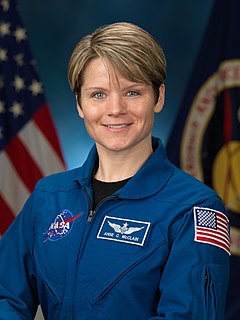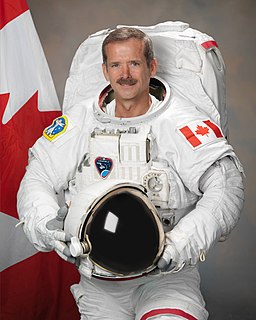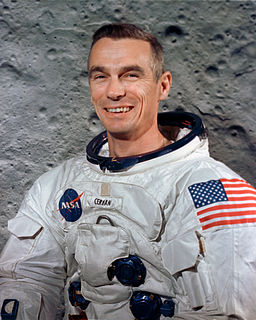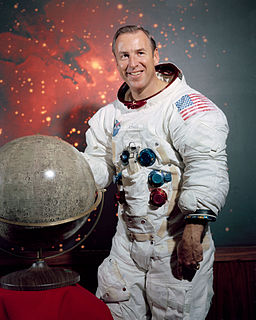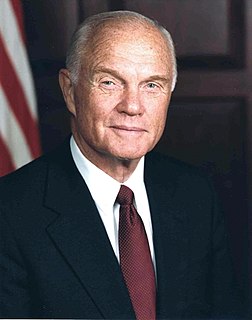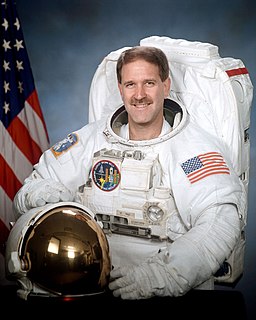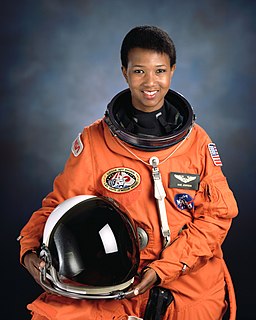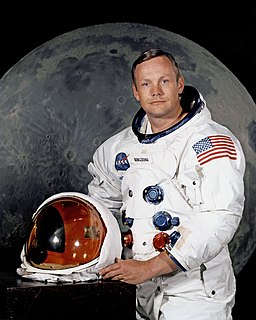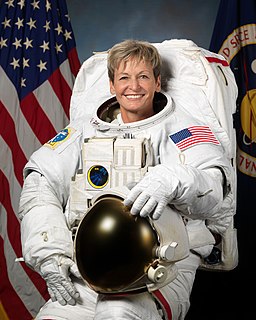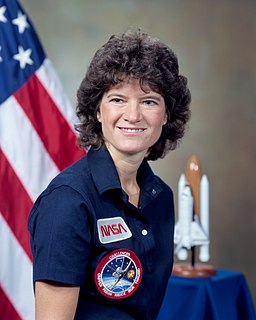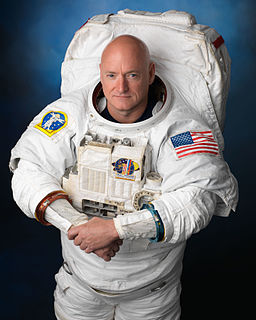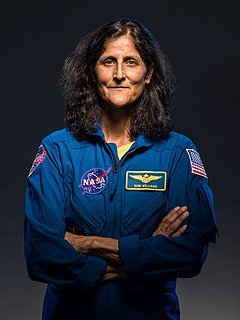A Quote by Buzz Aldrin
Dwelling on an engine failure for a pilot as he rolls down the runway is NOT what he should be thinking about - it's obtaining a smooth liftoff! But in the back of his mind, he knows exactly what to do (or pretty much) and in many cases, if he's alone in the fighter aircraft, he has to leave that aircraft in an ejection seat in a big hurry!
Related Quotes
The pilot is still the pilot, whether he is at a remote console or on the flight deck. With the potential for thousands of these unmanned aircraft in use years from now, the standards for pilot training need to be set high to ensure that those on the ground and other users of the airspace are not put in jeopardy.
If you would've asked me about getting a pilot's license before 2005, I'd say you were crazy. After I graduated college, a fighter pilot asked me if I wanted to go up on a flight in a single-engine plane. I always had a fear about being in an airplane, but I took this opportunity to go up on my first flight in a single-engine rather than a big commercial plane I was accustomed to. I was hooked and made a commitment to become a pilot. I wanted to motivate others to not let fear stand in the way of their opportunities.
